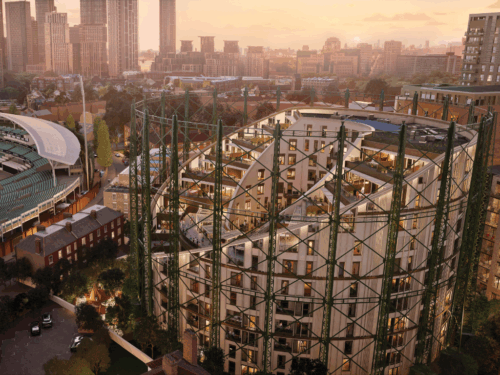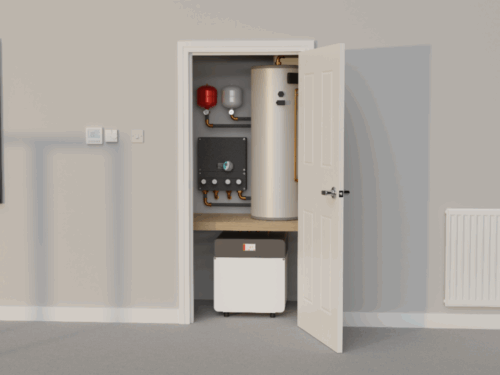
DNO vs IDNO: Are IDNOs as Safe as DNOs?
Still think a DNO is the “safer” choice? We explain why IDNOs are held to the same strict standards – and why there’s no difference in safety, quality, or reliability.
When it comes to connecting a new development to the electricity network, safety and reliability are always top of the list.
That’s why some developers still default to their local Distribution Network Operator (DNO) – they believe it’s the “safe” choice.
But here’s the truth: working with an Independent Distribution Network Operator (IDNO) is every bit as safe as working with a DNO. In fact, both operate under the same strict rules, use the same national grid, and meet the same engineering standards.
Let’s break down the facts.
Both Are Licensed and Regulated by Ofgem
Whether it’s a DNO or an IDNO, both are licensed by Ofgem, the UK’s independent energy regulator. That licence comes with a set of obligations that cover safety, technical standards, and customer service.
An IDNO’s licence conditions are identical to a DNO’s when it comes to how the network is built, connected, and maintained. There is no “lighter” version for IDNOs -they meet the same requirements and are audited in the same way.
Same Engineering Standards, Same Network
The technical standards for electricity networks are not set by the operators themselves – they’re set at a national level. That means every network, whether owned by a DNO or an IDNO, is built and operated to the same engineering specifications.
Once your network is complete, it connects into the same national electricity grid. The power flowing to your development is exactly the same as if it were owned by the DNO. There’s no difference in quality, reliability, or safety.
Who Designs and Builds the Network?
An IDNO’s primary role is to own and operate the network once it’s built. The design and construction is usually carried out by an Independent Connection Provider (ICP) – which may be part of the same organisation as the IDNO or an entirely separate company.
Power On is the ICP within the BUUK Infrastructure Group. That means we handle the full design and build in-house, and then our in-group licensed IDNO adopts, owns, and operates the network for the long term.
For clients, it feels like one seamless process: the team that designs and builds your network is directly connected to the team that will maintain and operate it for decades to come.
Ongoing Maintenance and Emergency Response
Once the network is adopted, the IDNO is responsible for keeping it safe and reliable. That includes:
- Regular inspections and maintenance
- Responding to faults and emergencies
- Ensuring the network meets all regulatory performance standards.
Like DNOs, IDNOs are measured against strict service targets – including response times for power outages – and face penalties if they fail to meet them.
The Bottom Line
Choosing an IDNO over a DNO doesn’t mean taking a gamble on safety or quality. Both are regulated by Ofgem, both work to the same technical standards, and both connect into the same national grid.
The real difference is in the commercial model – and that’s where IDNOs often offer developers more flexibility, faster delivery, and a financial return in the form of an asset value payment.
Through Power On and the BUUK group, you also get benefits a DNO can’t match:
- Multi-utility capability – electricity, heat, water, fibre, and wastewater delivered in a coordinated way.
- A dedicated project team – sales contact, project manager, senior designers, and tendering engineers focused on your scheme from start to finish.
With this combination, you get a regulated partner that delivers the highest safety standards, genuine commercial advantages, and a smoother process all the way from first design to long-term operation.
Further news at Power On...
- News

Ready for Ofgem? Heat Network Compliance in high-rises
From January 2026, OFGEM will regulate heat networks across the UK, introducing new standards for efficiency, pricing and consumer protection. This article explains what the changes mean for high-rise developments and how developers can prepare with future-proof, low-carbon heating solutions.
- News

Power On adopts utilities networks and heat centre at Oval Village development
We’re delivering and adopting the full multi-utility and low-carbon heat network for Oval Village - a landmark regeneration project overlooking The Oval in central London.
- News

How to cool high-rise buildings
With hotter summers and tightening regulations, overheating is a growing challenge. Ground source heat pumps provide a sustainable, low-cost cooling solution.
